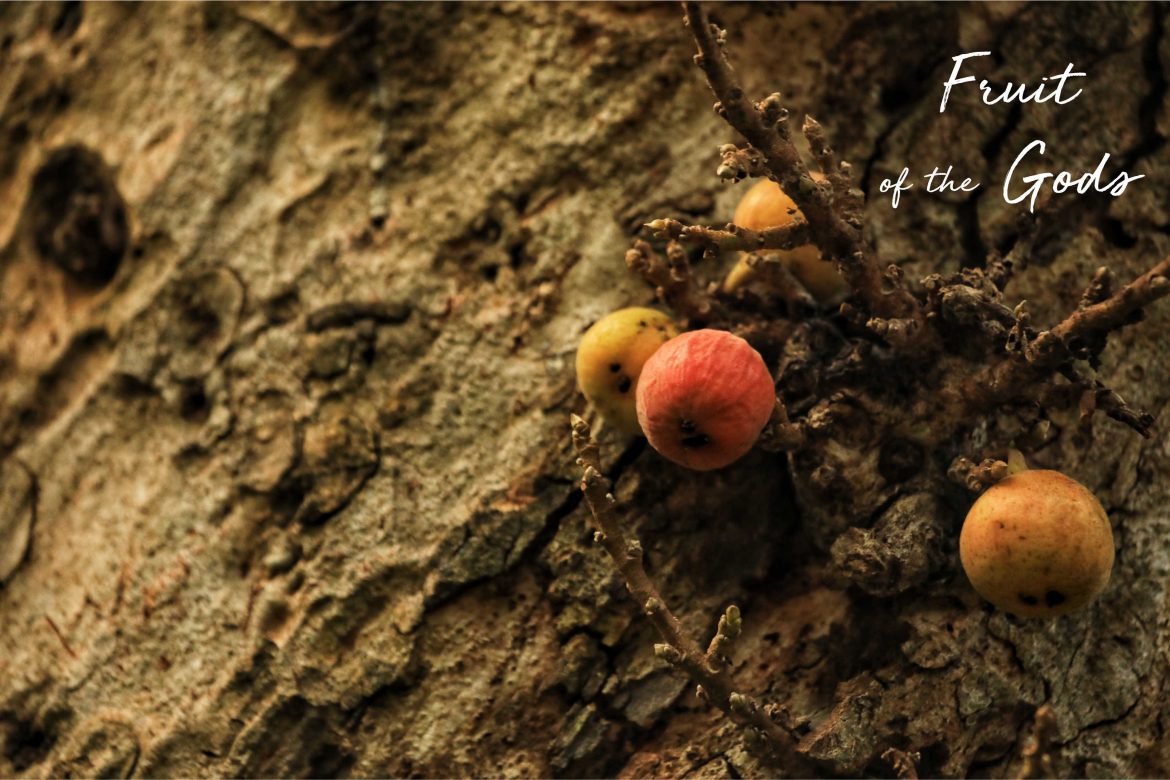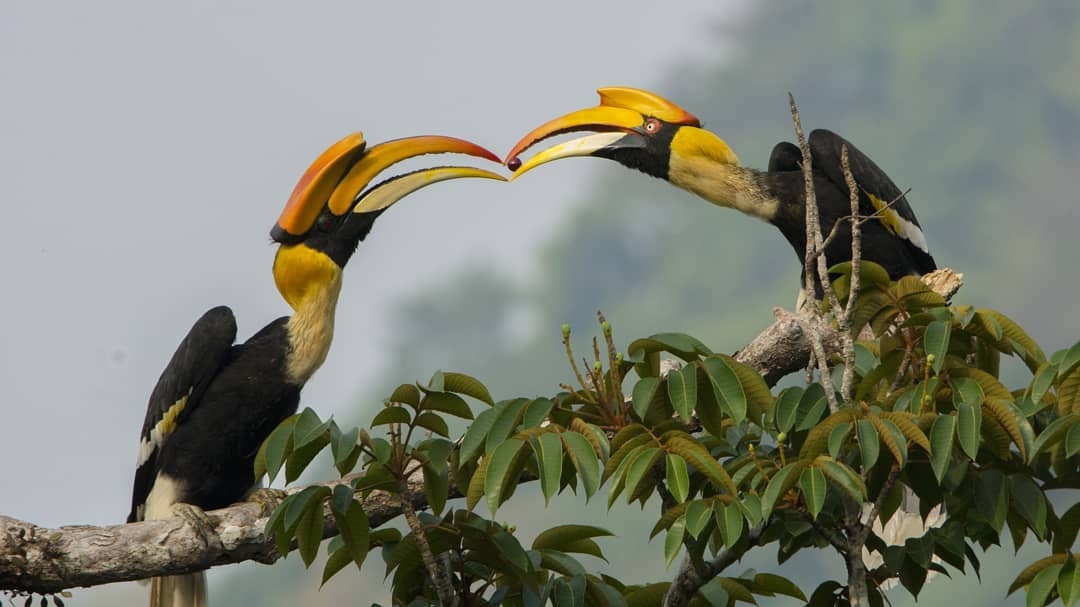Figs are more than just trees: found all across the tropics, they are revered throughout their native range – worshipped as the abode of Gods. There are more than 850 known species of figs, of which more than 60 occur in India; and nearly one-third of those can be found in just the Anamalai hills of the Western Ghats.
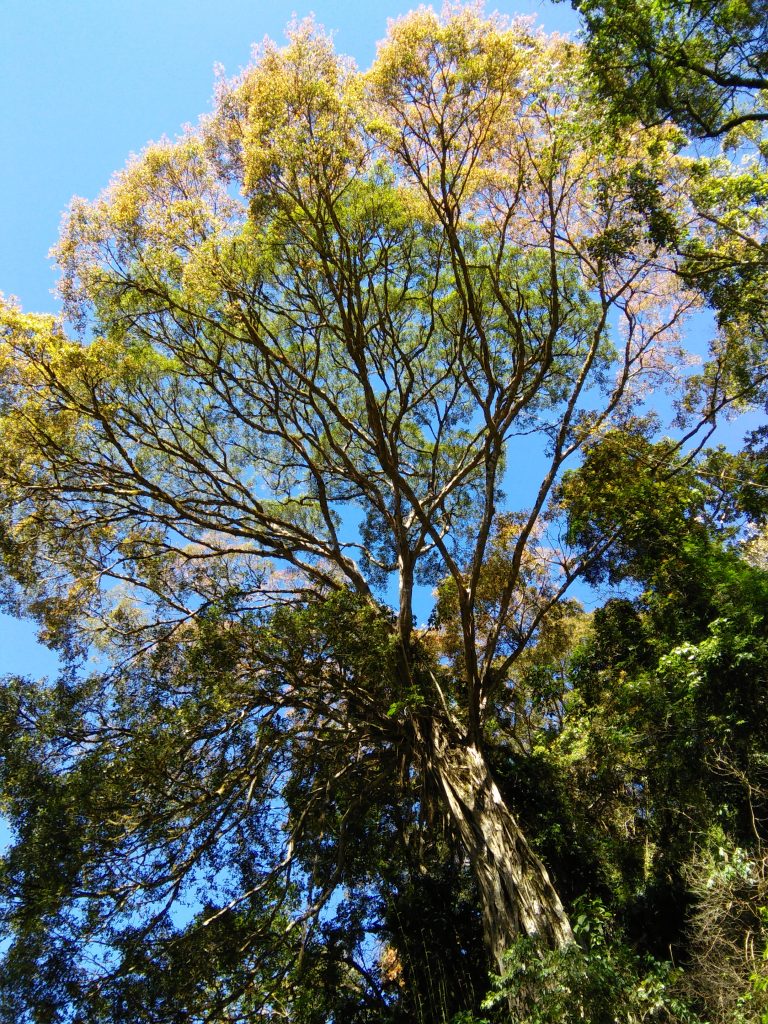
A prominent species seen in the forests here and conspicuous on the drive up from Pollachi to Valparai, is Ficus microcarpa. It can become a massive, sprawling tree with the characteristic sinewy trunk – more akin to cascading water or frozen lava than to wood – swathed in the drapery of thick aerial roots surging down from the branches, inspiring awe amongst people who are moved to establish shrines beneath it.
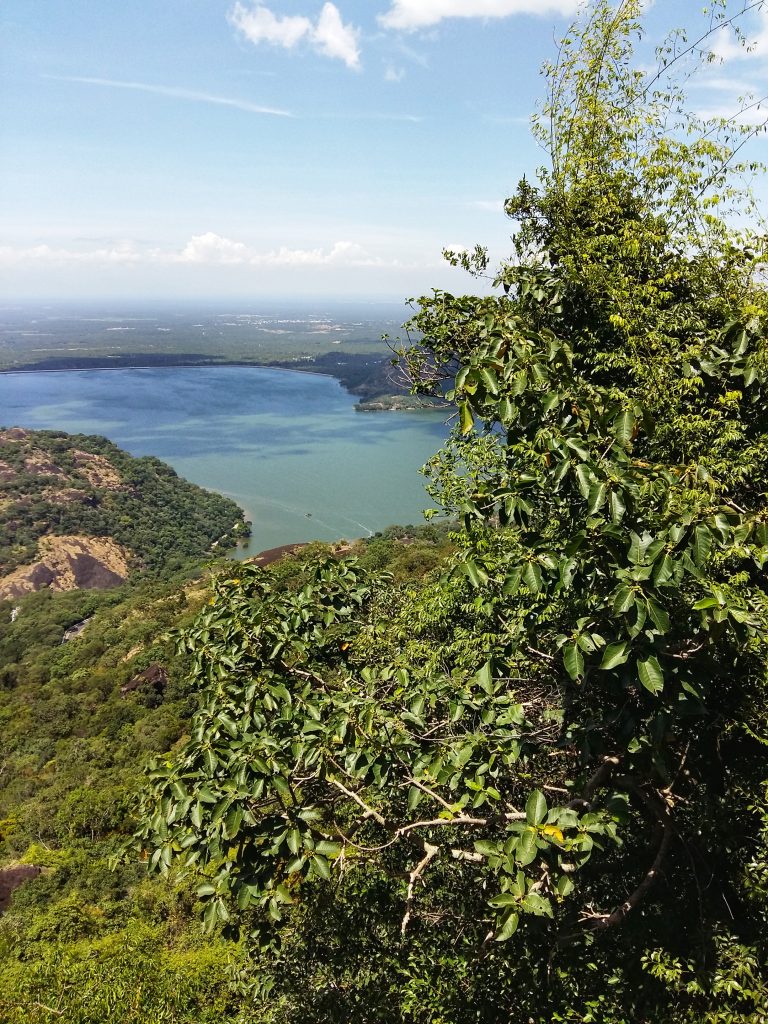
Animals and birds too, come drawn to it in great numbers when its branches are laden with fruit – the Flowerpeckers squashing them to fit into their tiny mouths, Parakeets gorging on them till pulp dribbles down the sides of their beaks, and Giant Hornbills daintily picking them off with the tips of their beaks and tossing them into their gullets.
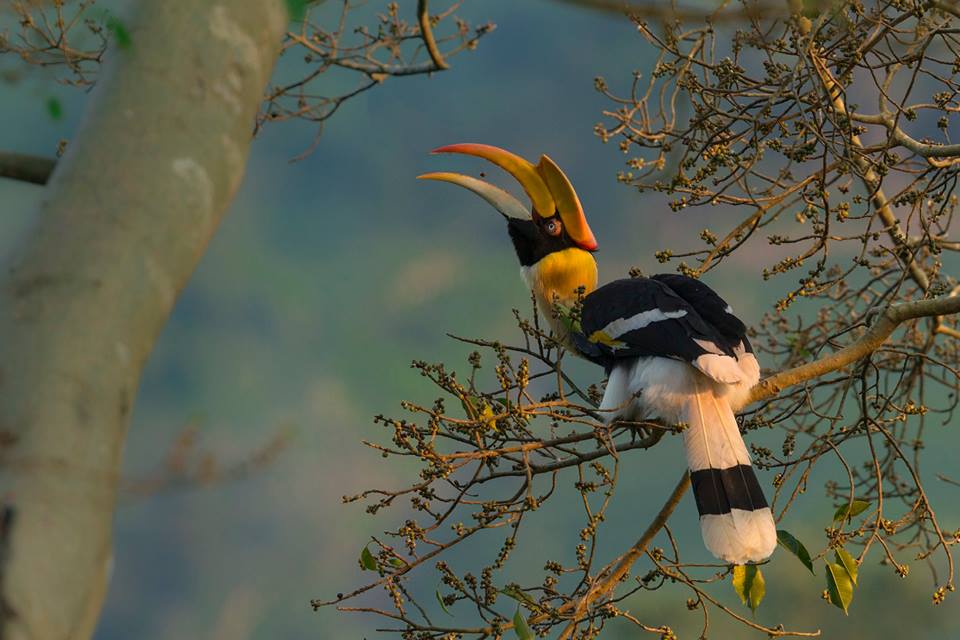
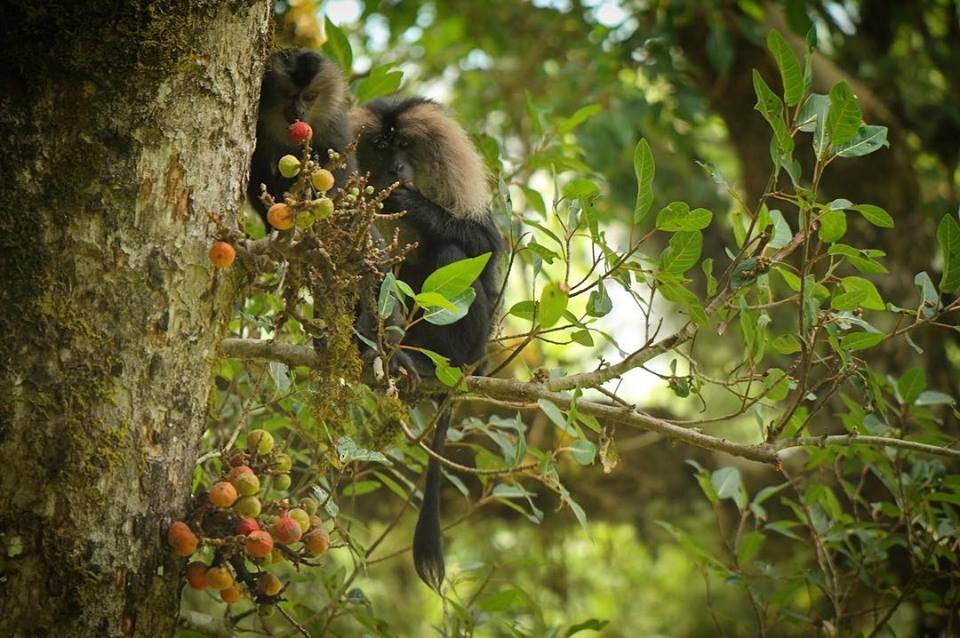
Troops of Nilgiri Langurs or Lion-tailed Macaques may roost in fruiting trees that are visited by bats and other nocturnal creatures all night to feast till dawn.
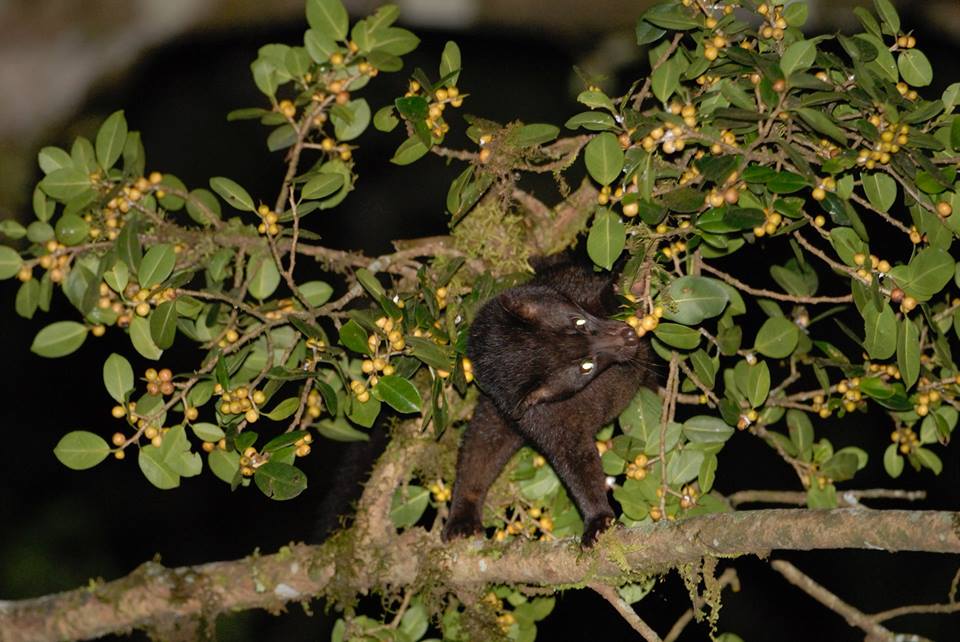
Deer, and even Elephants are not above the temptation of the sumptuous snack of fallen figs, inadvertently dispersing some of the hundreds of tiny seeds that each fruit harbours.
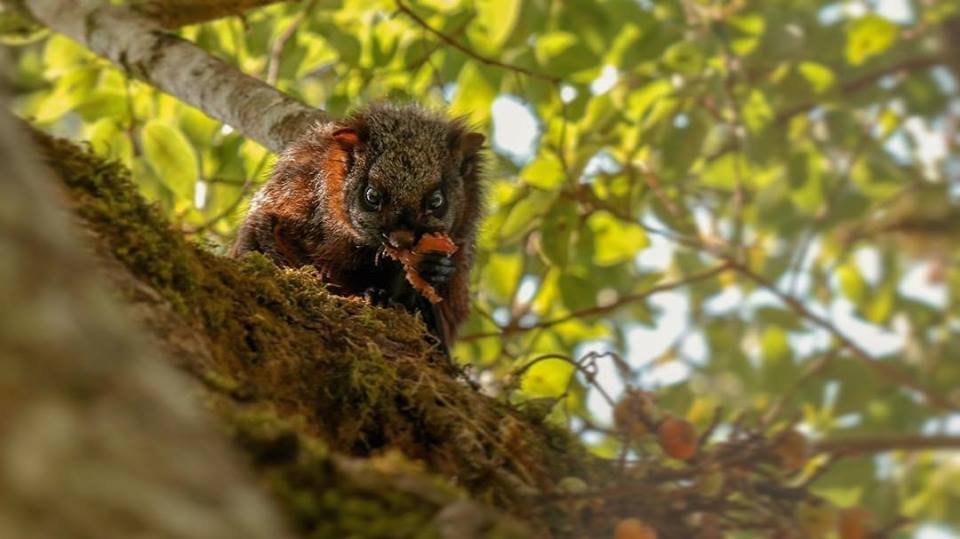
These seeds are designed to begin life in some very unusual places, high above the ground, far away from any sign of soil. Often, the sapling will begin to grow out of notches high up on tall trees – or on buildings and bridges in the cities – making the most of the access to sunlight that standing on another’s shoulders gives them.
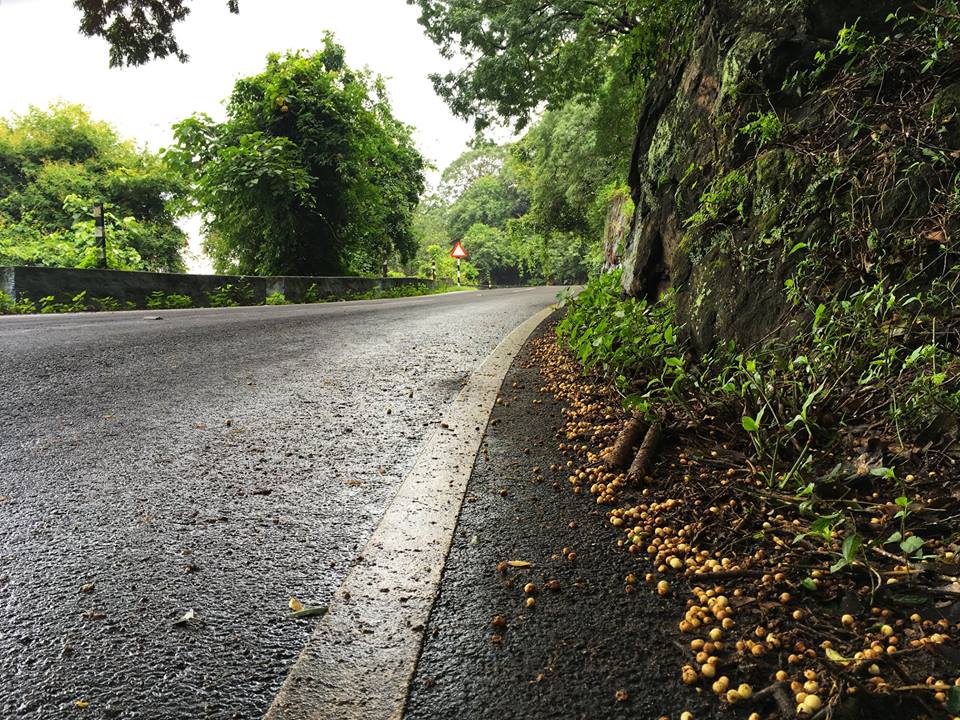
And as they send their shoots skywards, so will they send their roots in search of soil. Slowly, once that vital contact has been made, they begin to grow and inadvertently engulf the tree that they started life on, choking it to death – an act that earns them the name of strangler figs.
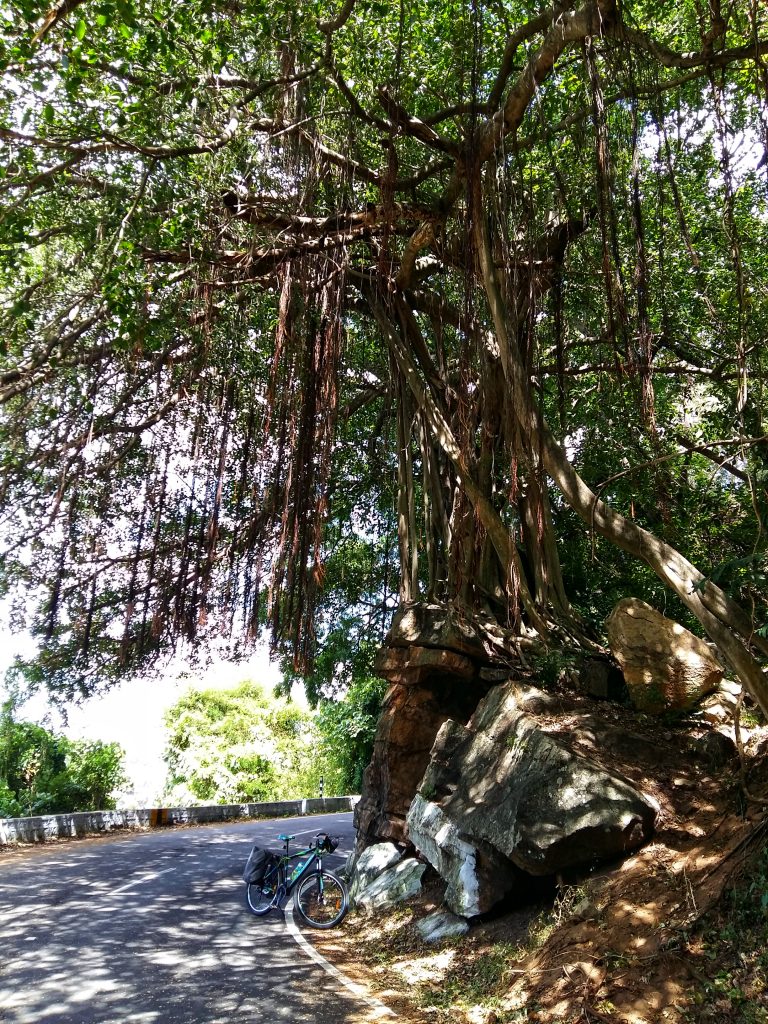
But this story of the dispersal of the fig’s seeds and their early life is not half as interesting as the story of how their flowers get pollinated, and for that, one must switch from binoculars to a magnifying lens.
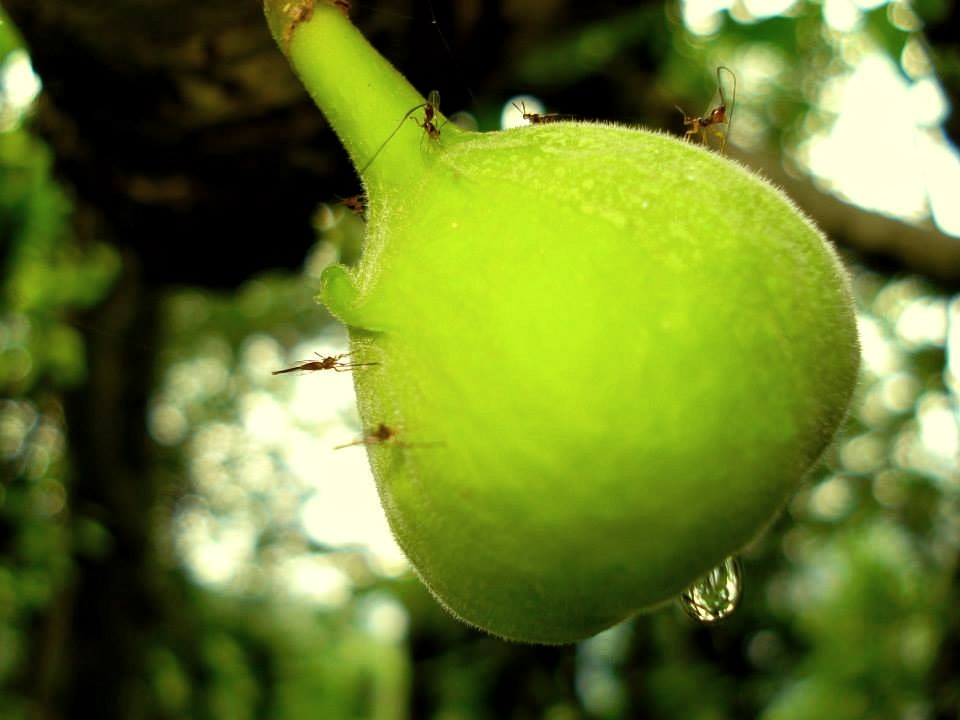
The story of its pollination is actually the biography of a tiny wasp that is about the size of a small, stocky mosquito. Coated with pollen from pushing past the male flowers that thickly line the only opening, she emerges from the hollow cavity where she hatched just hours ago. Dazed, she flies up over the canopy where she’s lucky to find a gentle breeze to assist her. Untouched by existential angst, she has a clear goal to fulfill in her short life that will last hardly a day. She must find another fig of the same species where the female flowers are blooming. She’s aided in her quest by the smell of these flowers that rides on the breeze. Many hours later and several miles away, she’s scented them and now descends. Pushing her way into the fig she finds the opening far narrower than she’d expected, but she must get in.
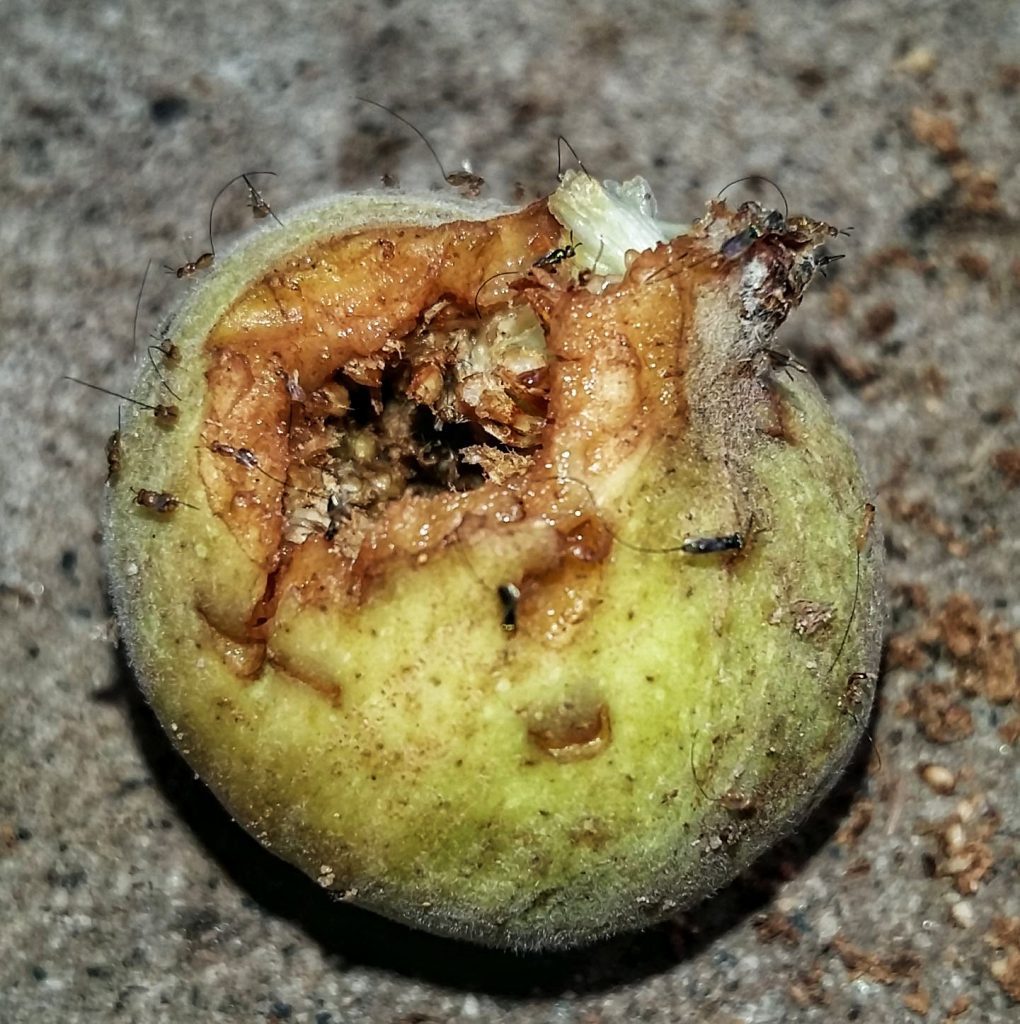
She ends up losing her wings as she struggles on, but then she won’t need them anymore: she’s never going to leave this fig that she’s entering. It is at once a nursery for her eggs and a burial chamber for her. She lays her eggs and in the process also fertilizes the female flowers with the pollen that she’s coated with.
When it is time, the next generation of wasps will hatch, the males, born wingless and fated to never leave the figs, will mate with the females and using their massive mandible, enlarge the opening for them to leave in search of another fig somewhere.
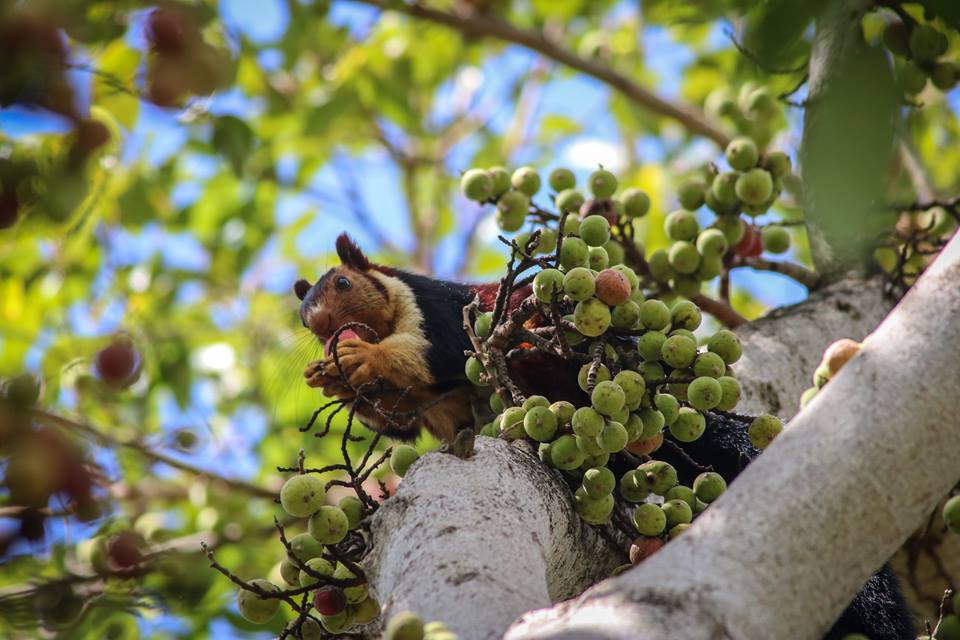
The fruiting cycle of the fig is so intricately intertwined to the life-cycle of the fig-wasp that it has freed them both from the rhythm of seasons, distanced them from the world around them so that even figs of the same species growing near each other need not necessarily fruit at the same time of the year. This means that even when there is no other food available anywhere in the forest, there will be a fig fruiting somewhere that will help the animals and birds get through the lean season.
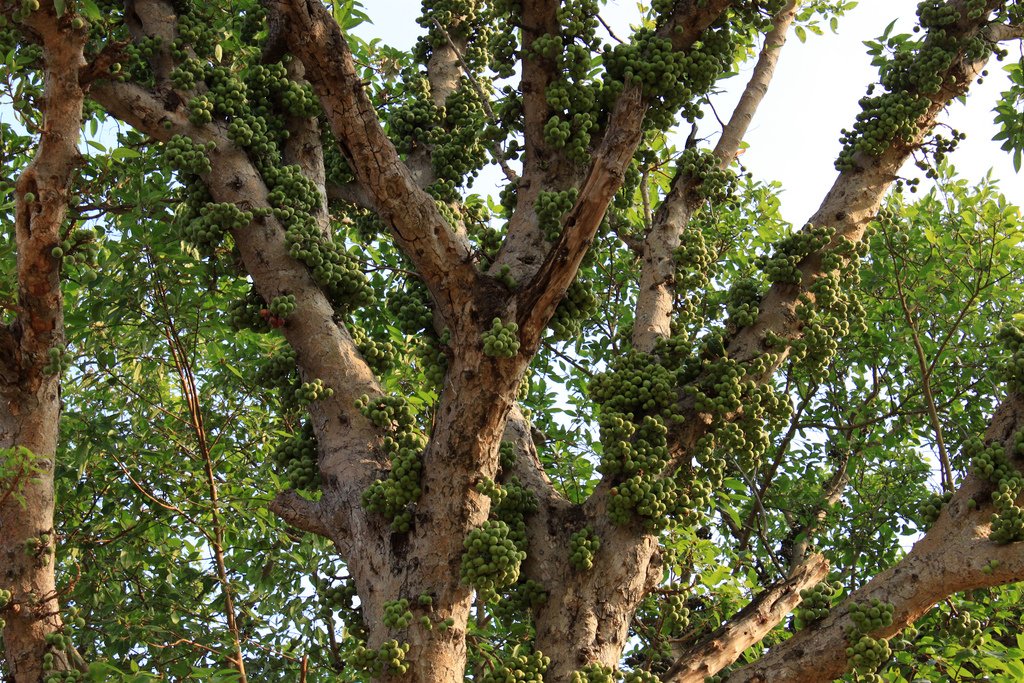
It is for this vital role that figs are called a keystone species; a keystone being the central stone in an arch or a tomb, without which the whole structure – the whole ecosystem – would collapse! And I suspect that our ancestors, who lived in closer harmony with nature than we do today, understood the intricacies and the importance of figs and gave it a place of prominence, reverence even, considering figs sacred.

